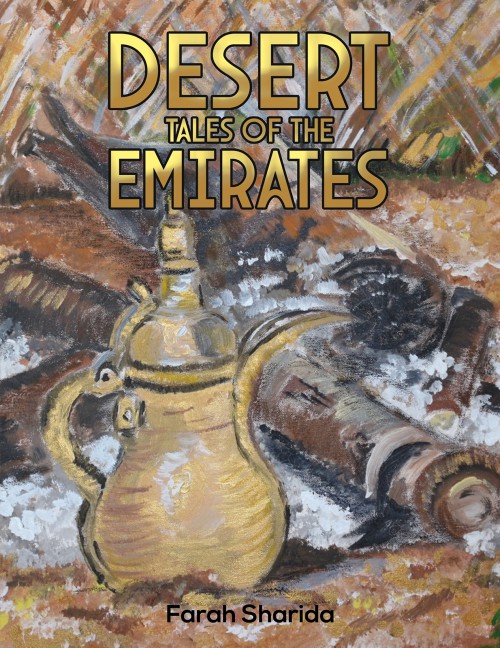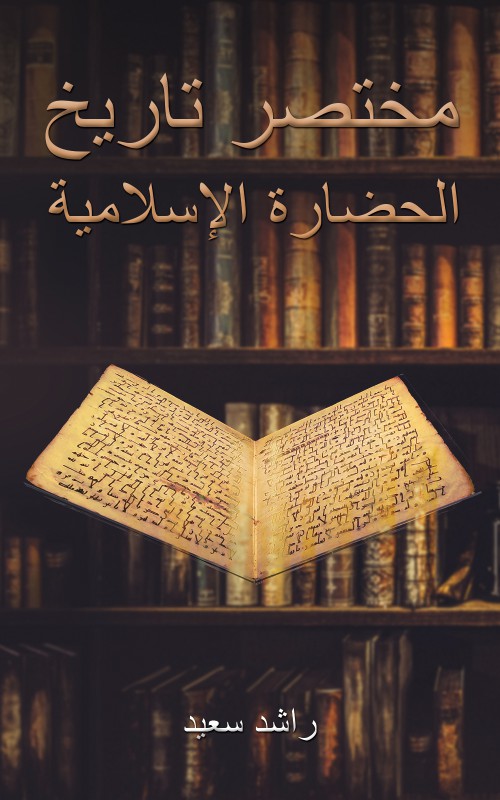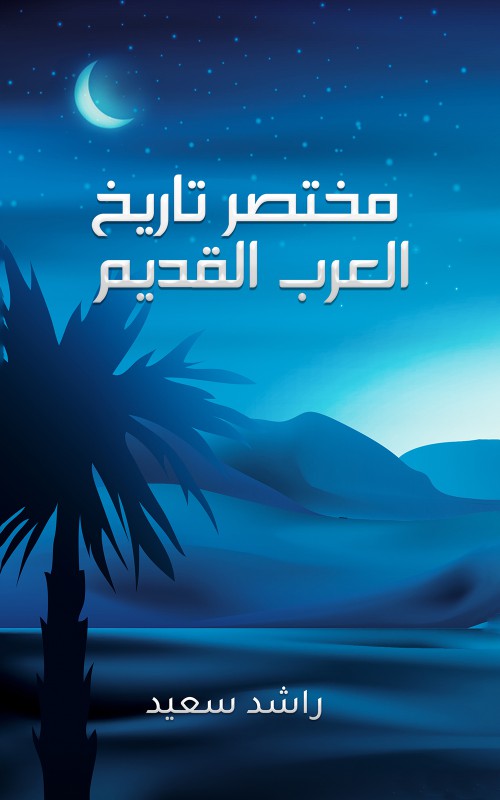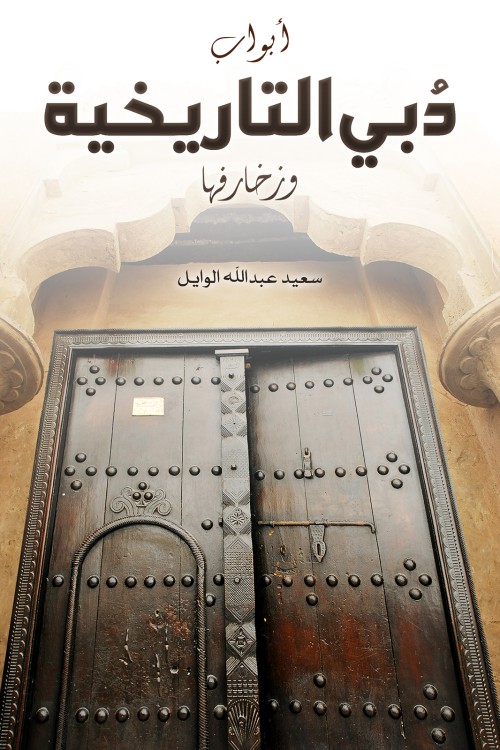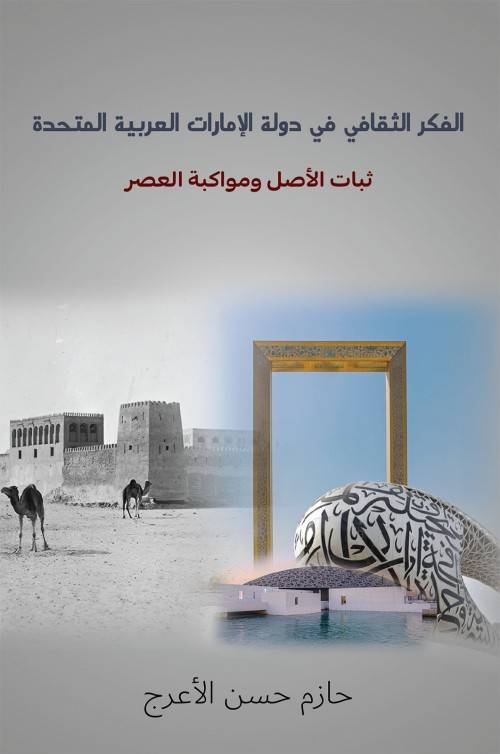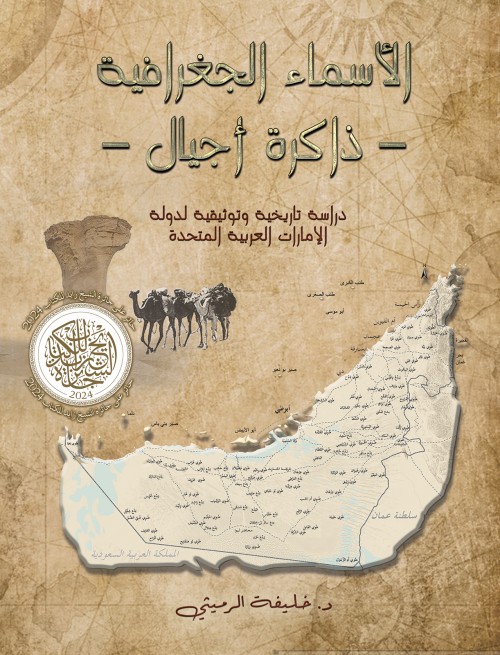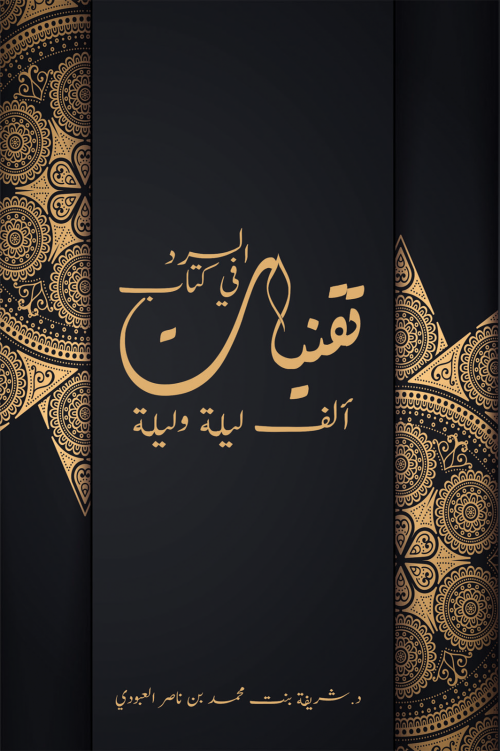-
Desert Tales Of The Emirates
Desert Tales of the Emirates is a very inspiring, illuminating, and exciting story which educates the reader about the history of the UAE. It is a journey through the UAE's heritage and culture revealing how the Emirates evolved over time. The story is based on the evolution of life in the UAE, recognizing the importance of peace, love, diversity, and excellence accomplished at each stage.
 4.00
4.00
-
Narrative Techniques In The Book Of The Thousand And One Nights And Its Impact On World Fiction
Narrative Techniques in the Book of the Thousand and One Nights and its Impact on World Fiction starts with a review of the history of The Thousand and One Nights, and a review of its impact on world literature and literary figures since its first translation, as a whole book, into Western languages during the early 19th century and
until today.
This book also discusses the narrative techniques of The Thousand and One Nights and the affinities of the techniques with the later invented literary techniques of metafiction.
The nature, techniques, and theorization of metafiction are also explained. There are also discussions of the most prominent Western fictionists and critics who were occupied with the different applications of the techniques
of metafiction.
This book gives a quick review of the whole of the literary legacy of the Egyptian fiction writer and Noble Prize winner Naguib Mahfouz, and continues with a discussion of Mahfouz’s short but condensed novel Layali Alf Laylah (translated into English as Arabian Nights and Days). This book also discusses the literary legacy of the American fictionist and critic John Barth, and it concentrates on Barth’s short story collection, Ten Nights and a Night:
Eleven Stories.
This book concludes with a call to expand Literary Theory to include not only Western works but also world classics, such as The Thousand and One Nights, for its international appeal, impact on world literature, and for its fascinating narrative techniques praised by Literary Theory. 0.00
0.00
-
The First Barrel Of Fortune
In the span of one generation, the nation witnessed the rapid modernisation, following the discovery of oil, from a scattered tribal land with a primitive economic structure to the regional and global economic powerhouse the UAE became by the late twentieth century. Through interviews from those who steered and experienced the changes, The First Barrel of Fortune explores the development of not only the economy but also the changes on Emirati society’s three pillars – the tribe, Islam and the family.
“He who does not know his past cannot make the best of his present and future, for it is from the past that we learn.”
– Sheikh Zayed bin Sultan Al Nahyan
 0.00
0.00
-
Brief History Of Islamic Civilization
The Abbasid era and then the Umayyad era in Andalusia was undoubtedly the golden age of the Arab-Islamic civilization renaissance in all fields: political, scientific, intellectual, religious, economic, and architectural. In fact, this era is the beginning of the emergence and development of science, arts, literature, and others in Islamic civilization, and the emergence of Arab and Muslim scholars according to their specializations, of course, and their great contributions in this field. Humanity, in this wonderful era, benefited from Islamic civilization, especially Western Europe; whose civilization was later based on this wonderful civilization, and they took the lead in the emergence and development of European and Western civilization in general in all fields in the modern era, which is known to them as the European Renaissance. Through our book, we wanted it to be as brief as possible, by highlighting the greatness of the history of our Arab and Islamic civilization, so that the sons of Arabism and Islam would be acquainted with the achievements of their venerable scholars in all fields, in order to learn and follow the impact of Arab and Muslim scholars in all their scientific and literary specializations, and to take the lead once again for the sake of the much-wanted Arab and Islamic civilizational renaissance, God willing. He is the best Lord and the Best Helper. Ameen.
 0.00
0.00
-
A Brief History Of Ancient Arabs
In their ancient history that extends thousands of years before Islam, the Arabs used to live a purely customary Bedouin life in the vast deserts scattered in the Arabian Peninsula, and they were organized in the form of different tribes and clans. Many ancient Arab reporters and historians, then Muslim and oriental historians, have affirmed that the Arabs are a nation of the ancient Semitic nations. That group of Arab and Muslim reporters, historians, and orientalists have subsequently agreed to divide the Arabs into three classes according to the age and geographic settlement in the Arabian Peninsula, which, by the way, is a pure Arab division, and the Western orientalists were not aware of it before.
 0.00
0.00
-
The Historical Gates Of Dubai And Its Decorations
The craft of making doors and wooden parts and their decorations in traditional architecture in Dubai - as a form of material heritage - took a special importance and a prominent and vital role in adapting buildings to the external atmosphere. The people of Dubai were able to adapt this craft with creativity and an admirable thought. It is an ancient art that performs basic functions in adapting the building to the external conditions and atmosphere, meets the needs of the residents to a reasonable extent, and carries with it aesthetic artistic contents and foundations that stem from the sincerity of expression and the fruitful human interaction with his land and environment with all the data.
This book comes to shed light on the doors, parts and wooden pieces in the traditional architecture in Dubai as a creative achievement and a great civilizational heritage that was achieved on this land, and generations of craftsmen worked on developing it, who took it upon themselves to advance this craft in accordance with the various environmental, social and religious conditions, and this segment of it is the craftsmen that the writer relied on in building this study, as he took from them through documented meetings the history of the carpentry craft and its origins, the types of wood used in carpentry, their advantages and sources, and the traditional methods that were used in the work of doors and windows of all kinds.
 0.00
0.00
-
The Cultural Thought In The United Arab Emirates
We’ve always had a civilizational legacy represented by the Arab and Islamic culture. Through this legacy, we can raise our present and keep up with our times in pursuit of shaping our future and we have the biggest evidence in the UAE experience. Through this idea, the book reviewed the most prominent features of Arab and Islamic culture, both material and moral, in the United Arab Emirates, seeking to form a deeper understanding of how the past was linked to the present and the future, in order to build a cultural thought that adheres preserving the origins and aspires to keep up with its times.
 4.00
4.00
-
The Geographical Names - Memory Of Generations
A place that represents an entity while expressing a physical location – gains its identity from the nature of the events or assets that took place around it, and the study of geographical names and their meaning reveals important historical information about the place through a time period encompassing languages and customs that have died out. The names of ancient sites in the United Arab Emirates are part of its historical and geographical heritage, and its cultural identity, many of which have been eradicated by urban sprawl and become absent from contemporary memory.In this book, the author has collected and investigated many geographical names and has dealt with their history, nature, relationship to the surrounding environment, and the changes that took place in their pronunciation as a result of the presence of other nationalities who face difficulty pronouncing some Arabic names. As a result, the name or pronunciation has been altered, therefore, the author verified whether or not the correct names were present, then verified the correctness of its pronunciation and the way it was written. He has answered one’s questions: How and when were places named? And who gave them these names?This book has also dealt with some of the foundations and regulations followed when naming places and the methods of writing names in Arabic for non-native speakers. It has also reviewed in some detail the places of population and ancient settlements in the Emirate of Abu Dhabi, the important previously inhabited islands, some wild populations and their means of transportation. He has singled out a chapter to increase the detail on the records of Iliwa and its date palms and extracted detailed statistics on its population and the number of its date palms. He has concluded the book by describing 1,195 names and mentioning more than 3,500 geographical names in the form of a mini-dictionary of geographical names in the United Arab Emirates, and has clarified this on maps. In this study, he has differentiated between known and lost place names, correct and weak ones, and has chosen the ones closest to fact and farthest from doubt.
 0.00
0.00
-
Technical Characteristics In The Literature Of Abdulaziz Bin Abdullah Al-Khwaiter
The book discusses the work of the prominent Saudi minister and writer, Dr. Abdul Aziz bin Abdullah Al-Khwaiter, by studying the literary genres, the aesthetics of its presence, its techniques, and variations: narration in biographies, storytelling, narration of thoughts (short texts), narrative article, message, and the will. It analyzes the elements of narrative structure in Al-Khwaiter literature: the title, the introduction, the conclusion, the character structure, time structure, place, description, dialogue, plot elements, and how it was formed in creative texts that expressed the identity and reality of the Arab and Saudi society. The book focuses on the stylistic analysis of Al-Khwaiter literature, applying the dimensions of the contemporary stylistic approach to reading and analyzing Al-Khwaiter literature, especially in his book (وسم على أديم الزمن) although it belongs to biographical literature. However, it is considered as a document on the development of life in Saudi society since the middle of the twentieth century. The study reveals the value of the Saudi prose text, its close connection with the ancient Arab heritage, and its important role in building the Arab human being and refining his behavior and morals.
 0.00
0.00
-
Narration Techniques In The Book ‘One Thousand And One Nights’
The book deals with the history of the book, One Thousand and One Nights, and the extent of its influence on the most prominent Western writers and literary works after it was fully published in the West through its translation in the early nineteenth century. The book also deals with translations of One Thousand and One Nights into English in particular, and the extent of its reliability and its proximity or distance from the original text. The book also deals with narration techniques in One Thousand and One Nights, and the precedence of these techniques to appear on the literary scene. However, these techniques were not referred to in the West, especially during the emergence of the narrative techniques called “The tale of the tale-, Metafiction”, which Western literary theory considers a product of the sixties and seventies of the last twentieth century. The book provides a full explanation of what the “tale of the tale” is, and an explanation of its various techniques, and its theorizing (entering the path of Western literary theory). It deals with the most prominent Western writers who have adopted some of the different applications of the “tale of the tale”. It mentions the most prominent critics who have studied “fairytale” techniques. The book also reviews the literary career and development of the Egyptian writer, Naguib Mahfouz, and discusses his condensed short novel, The Nights of a Thousand Nights, because the book One Thousand and One Nights represents the base and origin of Mahfouz’s novel, in addition to Mahfouz’s adoption of a number of techniques for narrating the original Book of Nights and its characters. Naguib Mahfouz’s novel is a modern novel that adopts the techniques of “tale of the story.” The book reviews the literary career of North American writer, John Barth, and how it was affected by the narration techniques in One Thousand and One Nights, and the character of Scheherazade in particular. The book discusses John Barth’s collection, Ten Nights and a Night: Eleven Stories, and how they relate to the original Nights book and its techniques. The book ends with a call to expand the scope of Western literary theory to include international books such as One Thousand and One Nights due to its tremendous influence on world literature, the uniqueness of narration techniques in it, and the precedence of their appearance.
 0.00
0.00

